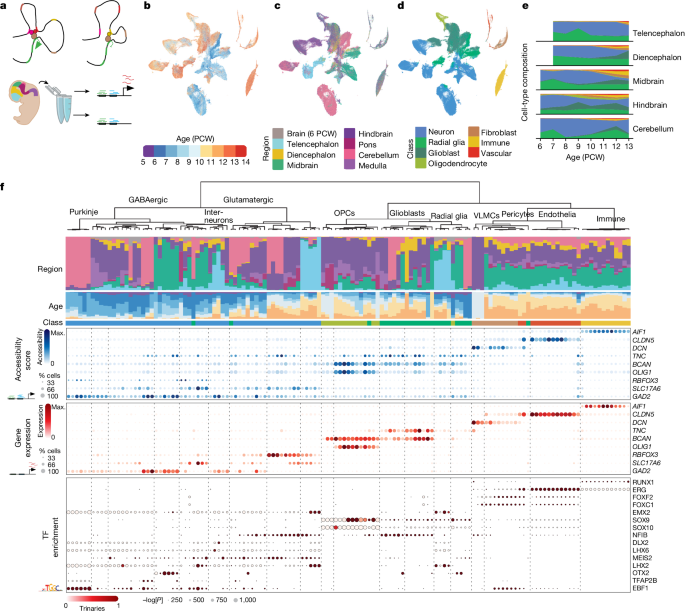2024-05-01 パシフィック・ノースウェスト国立研究所(PNNL)
<関連情報>
- https://www.pnnl.gov/news-media/when-working-out-males-are-programmed-burn-more-fat-while-females-recycle-it-least-rats
- https://www.nature.com/articles/s42255-023-00959-9
ラット皮下白色脂肪組織における性的二型性と運動トレーニングに対するマルチオミック反応 Sexual dimorphism and the multi-omic response to exercise training in rat subcutaneous white adipose tissue
Gina M. Many,James A. Sanford,Tyler J. Sagendorf,Zhenxin Hou,Pasquale Nigro,Katie L. Whytock,David Amar,Tiziana Caputo,Nicole R. Gay,David A. Gaul,Michael F. Hirshman,David Jimenez-Morales,Malene E. Lindholm,Michael J. Muehlbauer,Maria Vamvini,Bryan C. Bergman,Facundo M. Fernández,Laurie J. Goodyear,Andrea L. Hevener,Eric A. Ortlund,Lauren M. Sparks,Ashley Xia,Joshua N. Adkins,Sue C. Bodine,The MoTrPAC Study Group,+
Nature Metabolism Published:01 May 2024
DOI:https://doi.org/10.1038/s42255-023-00959-9

Abstract
Subcutaneous white adipose tissue (scWAT) is a dynamic storage and secretory organ that regulates systemic homeostasis, yet the impact of endurance exercise training (ExT) and sex on its molecular landscape is not fully established. Utilizing an integrative multi-omics approach, and leveraging data generated by the Molecular Transducers of Physical Activity Consortium (MoTrPAC), we show profound sexual dimorphism in the scWAT of sedentary rats and in the dynamic response of this tissue to ExT. Specifically, the scWAT of sedentary females displays -omic signatures related to insulin signaling and adipogenesis, whereas the scWAT of sedentary males is enriched in terms related to aerobic metabolism. These sex-specific -omic signatures are preserved or amplified with ExT. Integration of multi-omic analyses with phenotypic measures identifies molecular hubs predicted to drive sexually distinct responses to training. Overall, this study underscores the powerful impact of sex on adipose tissue biology and provides a rich resource to investigate the scWAT response to ExT.


